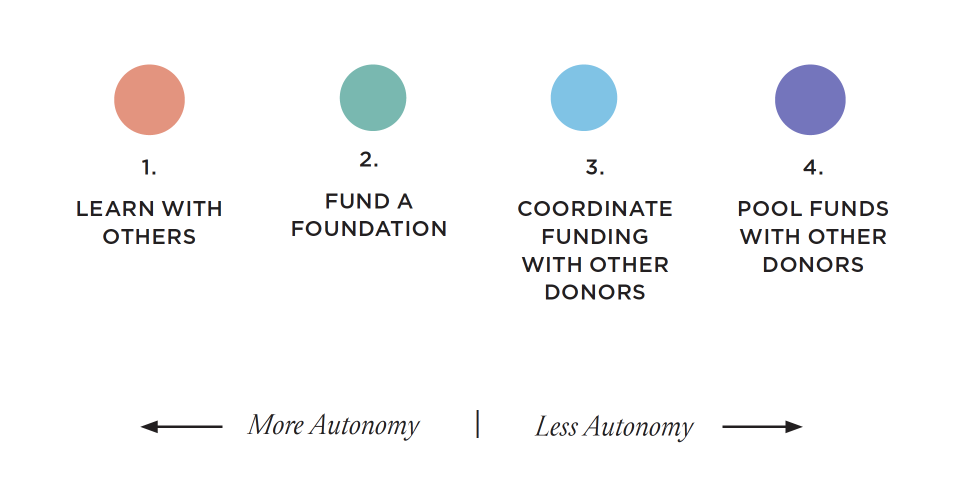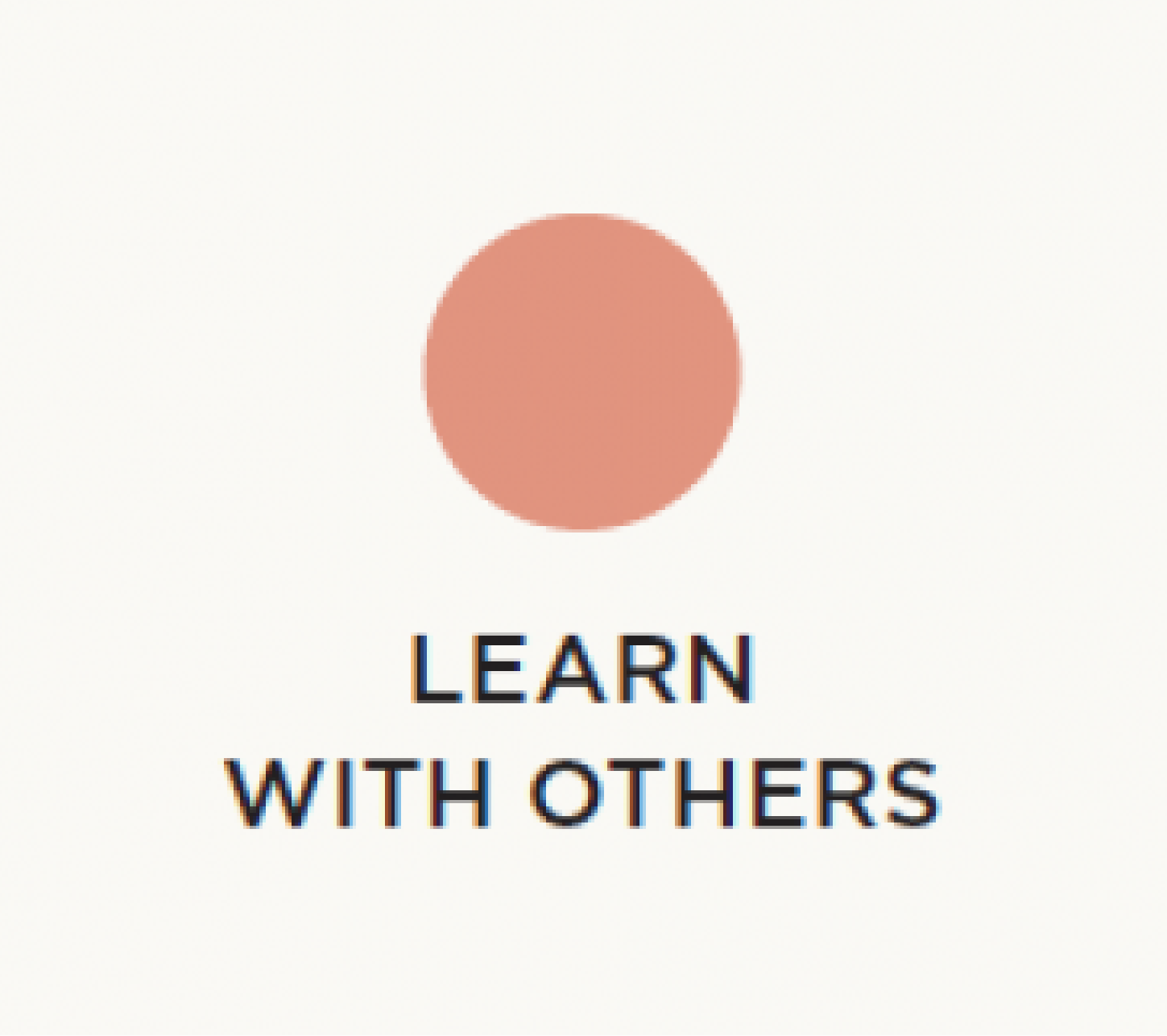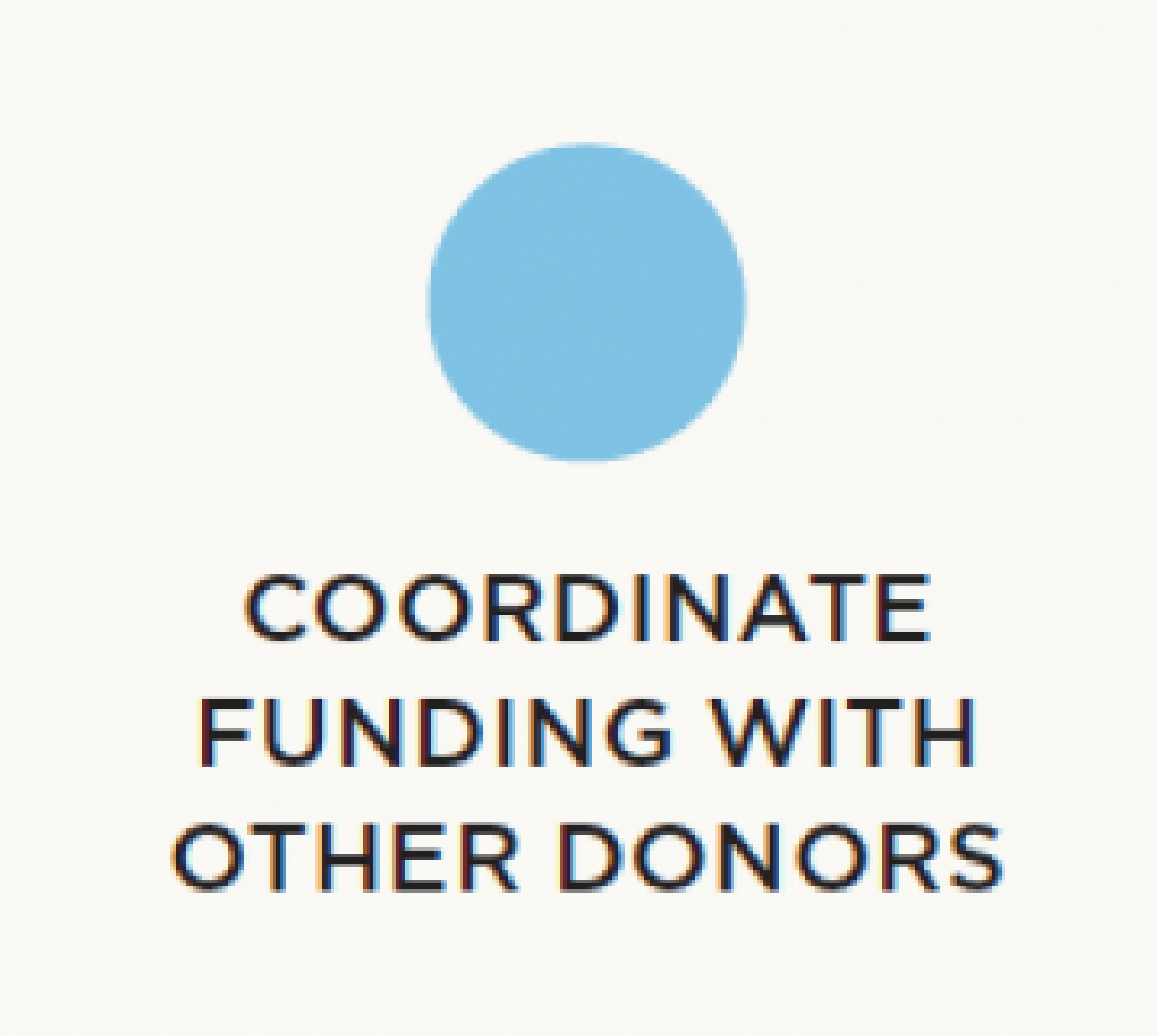Spectrum of Collaboration
High-capacity donors—especially those who already have significant philanthropic experience—are increasingly seeking to collaborate with others. Your contributions are likely already working alongside other funders to support an organization’s work. However, you may choose to intentionally participate in collaboration and pooled funding initiatives to increase the impact of your giving. Collaboration allows donors to combine funding, knowledge, and expertise, and can be an effective way to leverage and scale your giving.
Collaborative funding is a growing field—it has been evolving over the last fifteen years with various legal structures and models under each means of collaboration and pooled funding. Your involvement and control will vary greatly depending on an initiative’s structure. For instance, you can donate to funds that are curated by funding intermediaries, and you might be able to exert influence but have less control over giving; or you can engage in giving collectives that are donor-led, where each donor has a decision-making seat at the table.
The following spectrum outlines different ways donors can approach collaboration. If you feel you are not yet ready to collaborate, you can always revisit the possibility of collaboration in future philanthropic cycles.
SPECTRUM OF COLLABORATION
The diagram below represents four ways donors can collaborate. Note how each method of collaboration has different implications for your decision-making autonomy.

| Ways to collaborate | What is it? |
 | The exchange of knowledge among donors is the most common form of collaboration. Examples: joining an affinity group and sharing “lessons learned” with other donors. |
 | You can entrust your funds to another well-established funder, usually a private or community foundation, that has full control over its grantmaking and is fully staffed. Examples: One well-known example is Warren Buffett’s unrestricted gift of $30 billion to the Bill and Melinda Gates Foundation in There are also other foundations that depend heavily on contributions—for example Tipping Point Community and GreenLight Fund, which respectively address poverty and inequality. |
 | Donors may choose to coordinate funding strategies within their focus areas. They can identify opportunities to support one another’s work, reduce areas of unnecessary overlap, and strategize together about how to address a specific problem. Example: ClimateWorks brings together its core partners— the William and Flora Hewlett Foundation, the KR Foundation, the John D. and Catherine T. MacArthur Foundation, the Oak Foundation, and the David and Lucile Packard Foundation—to strategize and fund collective action to tackle the causes of climate change. |
 | Donors can aggregate, or pool, funds with each other to create larger-scale impact in a shared focus area. Entities that have a thematic focus are known as issue funds. Example: Hundreds of issue funds exist, covering a wide range of topics such as animal welfare, movement building, poverty alleviation, human rights, clean water, hunger relief, youth homelessness, and many more. |